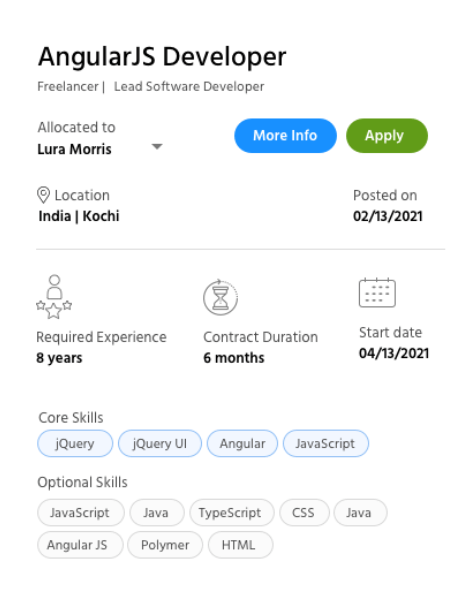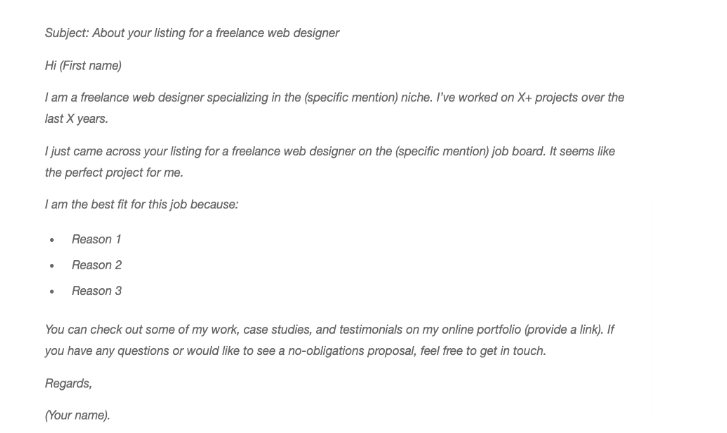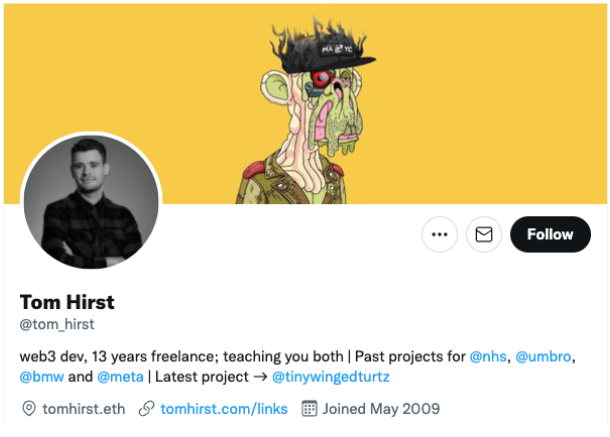Let’s build the future together.
Great ideas need great people. Partner with us to bring your vision to life, or take the first step in your career by joining our team of innovators.
Quitting 9 to 5 slogfest to make more money on your own terms sounds like a dream, isn’t it?
And freelancing can help you turn it into reality. But before you jump the gun, there is an important part you shouldn’t miss.

How to get your first client and continue the trend?
In this article, we’ll see how to prepare better for the freelancing journey and some actionable practices to keep your hands full with exciting projects.
There are many reasons why every other person these days uses freelancing as a side hustle, part-time, or full-time job. Some of the most common are:
Before you start your hunt for the clients, ensure that you have addressed the following.
It’s okay to be a generalist, but the top-performing freelancers are always specialists in at least one thing.
Take a minute to reflect on your strong suits and weaknesses. If required, take skill assessment tests to understand which programming languages you excel at.
Observe which projects have brought the maximum work satisfaction to you and where you have struggled in the past.
Once you get an inkling of your motivations, you can go ahead and research the market for the opportunities. Explore job descriptions to see what’s in demand and trending.
Finding a sweet spot between your skills and the market demands is essential to making the most of your freelancing pursuit.
Building your portfolio website is the easiest way to display your work and establish credibility among potential clients.
Design a portfolio that answers the basic questions like who you are and what you do? Use some of your best works to showcase your skills and range.
Remember that it can be the first point of interaction of any client with you, so ensure that you detail all the services and provide some channels for them to contact you directly.
There are also many affordable options to get a domain for yourself and make it easier for prospects to reach you.
Deciding how many hours you’re willing to give to the projects and at what cost are probably the most significant decisions of your freelancing career.
And quoting random rates won’t go down well for sustainable growth.
Plan your availability for daily work and look up online how much other freelance web developers are charging per hour for reference.
A well-thought strategy here will avoid burnout and a sense of exploitation.
Being good at coding isn’t enough to be your own boss.
Unlike traditional companies, you are the whole business and have to divide your time as a web developer, accountant, and marketer. Of course, you can outsource these too, but if you’re just starting out, it’s better to save money and add your skills.
While working on your programming skills, learn how to create contracts and invoices, negotiate tactfully, build a network, and market your services.
These skills will help you manage yourself better and attract high-value clients who look for professional freelancers.
Here are 8 ways to land your first job as a freelancer.
Remember when we said that you’d have to be your own marketer. Well, now is the time to practice.
Share your portfolio with your whole network. Let your friends, family, and past employer know that you’re available for work, and any referrals are welcome.
Improve your online presence by adding your profile to career portals like ellow, where verified clients worldwide can reach out to you for a project that matches your skills. You can explore the job board listings for the one that interests you to work.

A client might have to comb through hundreds of applications. To improve your chances and make yourself stand out, reach out to the client directly through an email.
But while sending a cold email, ensure that it’s worth their time and puts your point across well.
Start with a strong subject line that clearly highlights the purpose of the email. Keep the rest of the email short, dividing it into sections like

It’s good to send two follow-up emails after the original email with at least 3 days gap. If you don’t receive a response even after that, move to the next interesting project. There are a lot of those out there for you to worry about one.
Pro bono is the work you can do free of cost for some clients.
But what’s the fun of working for free?
Think of it as an investment for your future projects. Instead of money, you can ask the clients for a testimonial, referral, or shout-out to showcase in your portfolio.
You can even offer to work pro bono for a few days (5-7 days) to assure the client of your abilities and then charge them.
Having groups that share the same skills and interests as you are great fuel for your career growth.
Start with platforms like LinkedIn and Twitter to learn and contribute meaningfully. You can even ask questions and get quick help from people online.
You can join groups like Web Professionals Connect on LinkedIn. While on Twitter, accounts like Tom Hirst and Dan Rowden are excellent learning sources for freelance web developers.
When you succeed in creating a personal brand, people start seeing you as an expert in that particular field. With this public image, your clients can trust you with their big projects.
But creating a brand for yourself doesn’t need a heavy pocket. All you have to do is keep learning and sharing with the world.
Personal branding is crucial for freelancers to build recognition and credibility.
Github is a trusted online platform where developers can collaborate and showcase their work to build a strong profile.
As of November 2021, Github has about 73 million developers registered. It’s a vast community to learn and share your work, one which you can’t miss.

Many clients scroll Github profiles to find suitable candidates, so investing your time here promises returns. And since it allows easy management of your projects with regular updates, there is really no harm in building your code repository here.
Do you have any dormant social accounts you created long ago, but now they’re hanging there with just an old picture of yours?
Yes…everyone has done this once or twice.
But it’s time to change that if you want clients to trust you and reach out to you.
Being active on common social platforms improves your visibility and lets people know that you’re a genuine option for a freelance gig.
Add the latest display picture, information about your skills, some links to your projects, and share any shoutout you got from a client. Here’s an example.

What works in Tom Hirst’s Twitter profile bio?
There’s no denying that freelancing is quickly becoming the future of work. But to cut through the noise and get clients of your choice, it’s essential to keep up with the new opportunities.
Headstart your freelance journey with ellow, which brings developers and clients on a single platform. With a four-stage vetting process, ellow ensures that only the verified and trusted parties find their way to each other. So get started and become a part of the global talent pool to explore the best freelance possibilities.
Great ideas need great people. Partner with us to bring your vision to life, or take the first step in your career by joining our team of innovators.
Looking to build your career in development? team@ellow.io